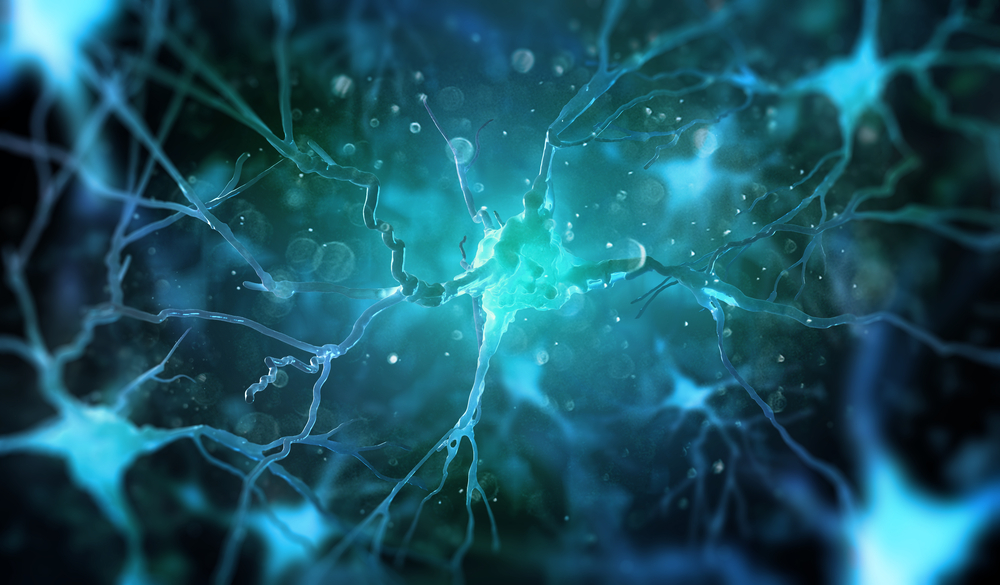Injecting BMN 250 ERT Into the Fluid Around the Brain is More Effective Than IV Delivery, Preclinical Study Finds
Written by |

Injecting BMN 250 — a potential enzyme replacement therapy for Sanflippo type B — directly into the fluid around the brain is a more effective way than intravenous infusion to get the treatment into the brain, a study in animal models suggests.
The study, “Translational studies of intravenous and intracerebroventricular routes of administration for CNS cellular biodistribution for BMN 250, an enzyme replacement therapy for the treatment of Sanfilippo type B,” was published in Drug Delivery and Translational Research.
BMN 250 (tralesinidase alfa) is an investigational enzyme replacement therapy for Sanfilippo type B (mucopolysaccharidosis type IIIB) that was being developed by Biomarin Pharmaceutical, which announced in October 2019 that it has transferred the therapy’s clinical development program to Allievex.
The therapy is a version of the NAGLU (alpha-N-acetylglucosaminidase) enzyme — which is lacking in Sanfilippo type B patients — modified with a molecular “tag.” This tag binds to a protein receptor, CI-MPR (cation-independent mannose 6-phosphate receptor), which allows the protein to enter cells, particularly neurons, where it can carry out its normal cellular functions.
Prior research has suggested that the therapy can restore NAGLU production in patients’ fibroblasts — specialized cells responsible for ensuring the normal structure of tissues — and in normal rat- and mouse-derived neurons, astrocytes, and microglia (different types of nerve cells).
In previous studies, BMN 250 was delivered by intracerebroventricular (ICV) infusion, meaning that it is injected directly into the cerebrospinal fluid (the fluid surrounding the brain and spinal cord) of the cerebral ventricles, the four fluid-filled interconnected cavities in the brain.
This is important because of the blood-brain barrier (BBB). As its name suggests, the BBB tightly regulates what substances can pass from the bloodstream into the brain. Since Sanfilippo B is a predominantly neurological condition, it is believed that ICV injection of BMN 250 would be more efficacious than intravenous (IV) injection (injection into the bloodstream), because BMN 250 would be unable to cross the BBB and enter the brain.
In the new study, researchers at Biomarin directly tested this idea.
First, the team analyzed the expression patterns of CI-MPR in the brain’s blood vessel cells (essentially, the cells of the BBB) in wild-type mice throughout development, since BMN 250 is taken up in target cells by the CI-MPR receptor.
Shortly after birth, CI-MPR was expressed by more than 90% of the brain’s blood vessels, but this quickly decreased to less than 50% by two weeks of age (around adolescent age in mice), and was less than 1% by three weeks, staying at this low level into adulthood. Similar trends were also observed for mice that had been engineered to lack NAGLU.
Consistently, when the researchers administered BMN 250 to adult (12-week-old) NAGLU-deficient mice via IV injection, no NAGLU was detected in the brain, nor were there improvements in various pathological indices that had been seen in previous studies using ICV injection.
Then, the researchers looked at CI-MPR expression in the brain blood vessels of two adolescent non-human primate (NHP) and 14 human samples (age range from 2 months to 15 years). Interestingly, in contrast to the mouse findings, CI-MPR was found in these blood vessels at all ages.
Healthy adolescent non-human primates were given BMN 250, either by ICV or IV injection, or a placebo treatment.
The maximum concentration of BMN 250 in the CSF of non-human primates given IV injection was 0.3% the maximum concentration in the animals’ blood, “suggesting negligible drug passed through the BBB following IV administration,” the researchers noted.
After normalizing for doses, the maximum BMN 250 concentration in the CSF was about 5,000 times higher in monkeys administered the therapy via ICV, compared to those given the therapy by IV injection.
Overall, levels of NAGLU in the brains of non-human primates given BMN 250 by IV infusion were about 16.8% the levels achieved in monkeys given BMN 250 via ICV injection.
Additional imaging experiments showed that, in non-human primates given BMN 250 intravenously, NAGLU was detectable in the blood vessel cells, but not in the neurons themselves.
“It is therefore clear that despite CI-MPR expression at BBB endothelial cells in adolescent NHPs and humans, CI-MPR is not capable of transporting enzyme across the BBB,” the researchers wrote.
Thus, these data support the idea that ICV injection is superior to IV injection as a means of getting BMN 250 into the brain and achieving a benefit from the treatment.
“The results presented here suggest that ICV delivery of BMN 250 throughout the [central nervous system] would enhance its therapeutic benefit compared with systemic [i.e. IV] administration,” the researchers wrote. “These findings support the continued investigation of BMN 250 as a potential ICV therapy for Sanfilippo type B.”
Currently, the BMN 250 development program consists of four independent and complementary multicenter, international studies (NCT02493998, NCT03227042, NCT02754076, and NCT03784287).




